Guaranteed Delivery
by Father’s Day
on orders placed through June 6
Guaranteed Delivery by Father’s Day
on orders placed through June 6
on orders placed through June 6
on orders placed through June 6
FREE Cherry Grilling Chips when you spend $200 (Use code GRILLING)
FREE 9″ Beech Bowl when you spend $150 (Use code SPRING)
FREE SHIPPING when you spend $100 (Continental US Only)
FREE Cherry Grilling Chips when you spend $200 (Use code GRILLING)
FREE 9″ Beech Bowl when you spend $150 (Use code SPRING)
FREE SHIPPING when you spend $100 (Continental US Only)
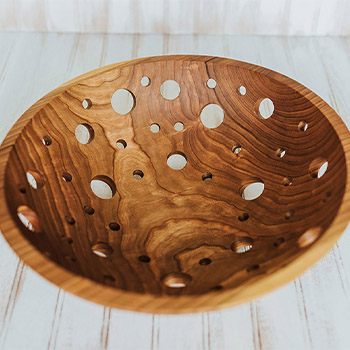
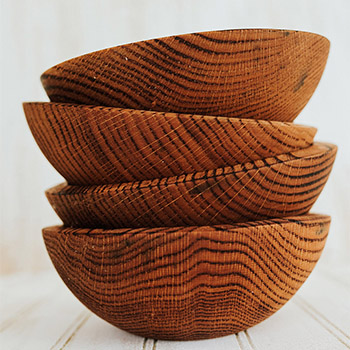
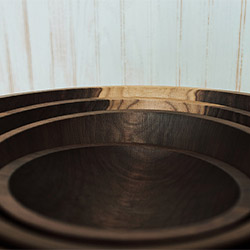
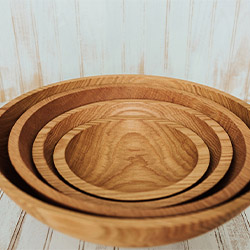
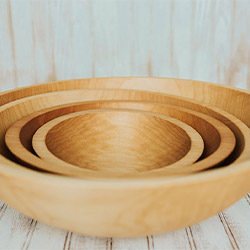
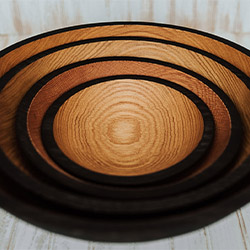
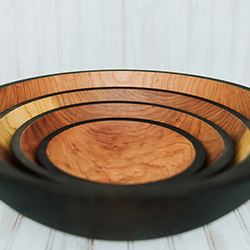
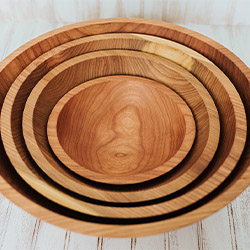
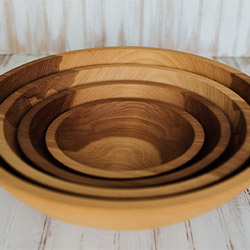
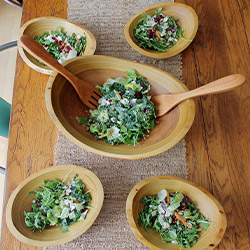

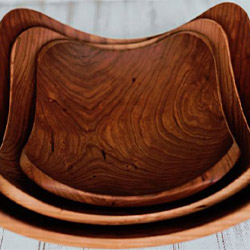
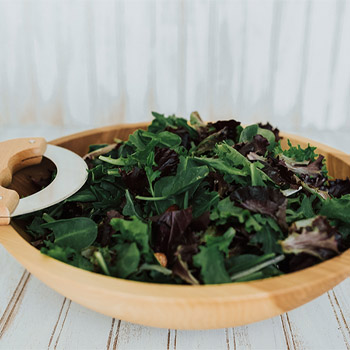

Share
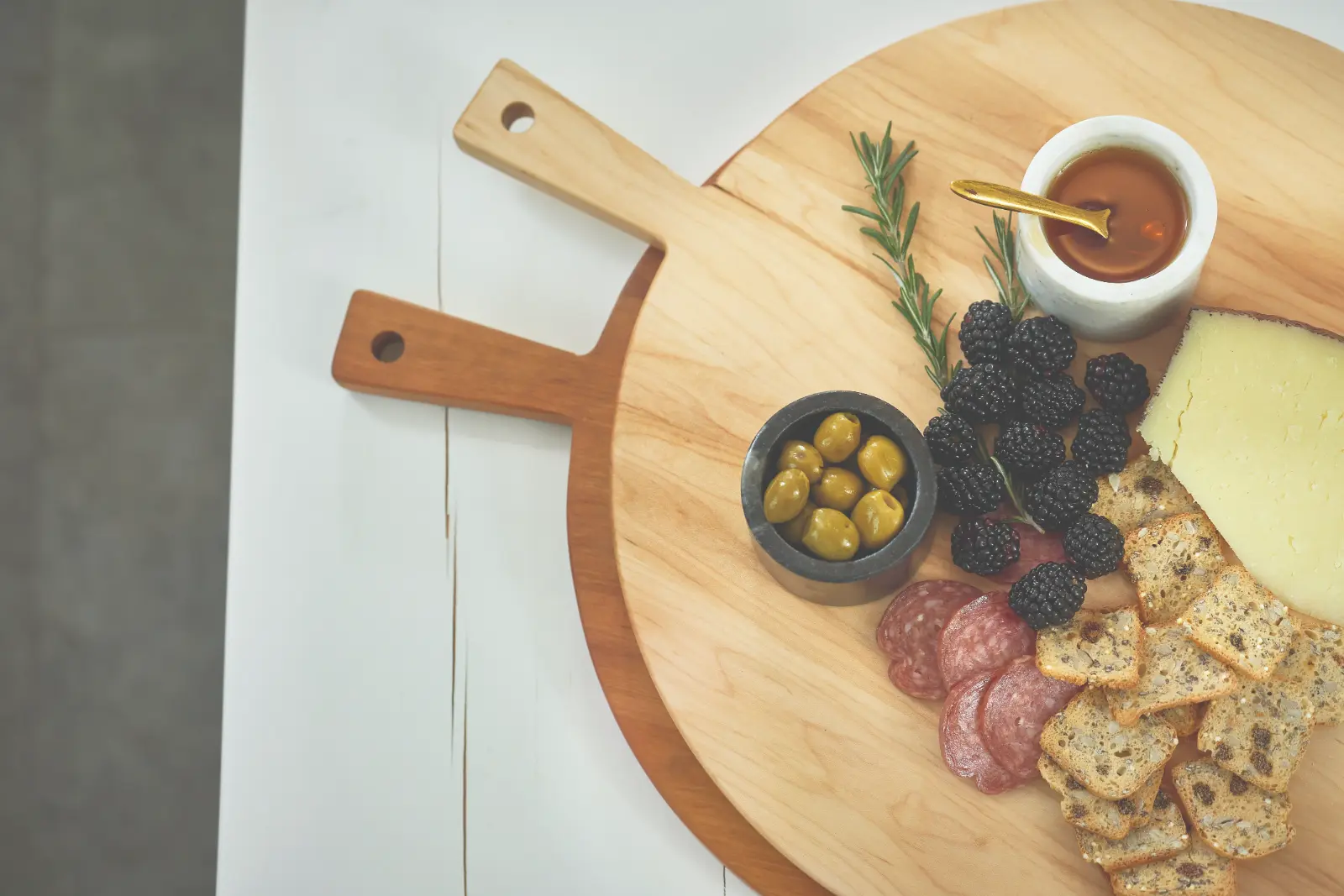
Are you tired of your wooden salad bowls losing their luster and becoming dull over time?
There’s a simple yet effective way to keep them looking their best for years.
By following a few key maintenance techniques, you can ensure that your wooden salad bowls not only remain beautiful but also maintain their integrity.
Whether you’re a seasoned wood bowl owner or just starting out, there are some essential tips and tricks to keep in mind.
So, how can you ensure your wooden salad bowls stay in pristine condition?
When selecting a wooden salad bowl, consider the size and shape that best suits your serving needs and style preferences. The right size depends on the number of people you typically serve and the amount of salad you usually make. A larger bowl is ideal for bigger gatherings, while a smaller one suits intimate dinners. As for shape, a wide, shallow bowl is great for tossing and serving, while deeper bowls are better for mixing ingredients without spilling.
The wood type is crucial for the longevity of your salad bowl. Hardwoods like maple, cherry, or walnut are excellent choices as they’re durable and less likely to absorb odors. Softwoods like pine should be avoided due to their potential for absorbing food smells and stains.
Regarding maintenance, proper cleaning techniques are essential to prevent staining and odors. Hand wash the bowl with mild soap and warm water, then dry it immediately. Regularly oiling the bowl with mineral oil helps maintain the finish and prevents the wood from drying out and cracking.
Proper storage techniques involve keeping the bowl in a well-ventilated area to prevent humidity buildup. Avoid common mistakes such as soaking the bowl or putting it in the dishwasher, as this can cause warping and cracking. Seasoning your wooden salad bowl with mineral oil or beeswax regularly is vital to keep it hydrated and looking its best.
To properly season your wooden salad bowl, begin by choosing a food-grade oil such as mineral oil or walnut oil.
Apply the oil to the entire surface of the bowl, ensuring an even coat that penetrates the wood.
Allow the bowl to dry for at least 24 hours before using it, allowing the oil to fully absorb and protect the wood.
Start by applying a thin layer of food-safe mineral oil to the dry wooden salad bowl, ensuring to cover the entire surface, to season and protect the wood. Use a soft cloth to spread the oil evenly, working it into the wood grain.
Let the oil sit for about 30 minutes to allow the wood to absorb it. Afterward, wipe off any excess oil with a clean cloth. Repeat this process every few weeks or whenever the wood starts to look dry.
This simple yet effective technique helps prevent the wood from drying out, cracking, or warping. It also enhances the natural beauty of the wooden bowl, keeping it looking lustrous and inviting.
Regular oil application is essential for maintaining the longevity and appeal of your cherished wooden salad bowl.
For an even application of oil, gently rub the food-safe mineral oil onto the dry wooden salad bowl using a soft cloth, ensuring thorough coverage of the entire surface. Start from the inside of the bowl, working your way outwards to the rim, and then proceed to the exterior. This method ensures that the wood absorbs the oil evenly, preventing any uneven patches.
Pay special attention to any areas that may be prone to drying out, such as the rim and the bottom of the bowl. Use a circular motion while rubbing in the oil, allowing it to penetrate the wood effectively. Once the entire surface is coated, let the bowl sit for a few hours to allow the oil to be absorbed before wiping off any excess.
This technique will help maintain your wooden bowl’s natural beauty and prolong its lifespan.
Consider allowing the wooden salad bowl to sit undisturbed for at least 24 hours after applying the oil, ensuring thorough absorption and optimal seasoning. This crucial step is essential for prolonging the lifespan of your wooden salad bowl and preventing warping. During this period, the wood fibers slowly soak up the oil, strengthening the bowl and creating a protective barrier against moisture. It’s important to place the bowl in a well-ventilated area away from direct sunlight and heat sources to facilitate even drying. Below is a table to guide you through the drying time based on the type of oil used:
| Type of Oil | Drying Time |
|---|---|
| Mineral Oil | 24-48 hours |
| Walnut Oil | 24-36 hours |
| Linseed Oil | 36-48 hours |
| Tung Oil | 48-72 hours |
| Coconut Oil | 24-36 hours |
Following these guidelines will ensure your wooden salad bowl maintains its beauty and functionality for years to come.
To effectively clean and dry wooden salad bowls, begin by using gentle dish soap and a soft sponge to remove any food residue and stains from the surface. After washing, rinse the bowls with warm water, ensuring all soap residue is removed. It’s important to dry the wooden bowls immediately after washing to prevent moisture from penetrating the wood. Use a clean, dry cloth to thoroughly dry the bowls, ensuring no water droplets remain on the surface.
Once the wooden salad bowls are clean and dry, it’s essential to maintain their wood care by applying a thin layer of food-safe mineral oil. This helps to prevent the wood from drying out and cracking, as well as provides a protective barrier against moisture. Use a soft cloth to apply the mineral oil in the direction of the wood grain, allowing it to penetrate the wood for a few hours before wiping off any excess oil.
Moisture control is crucial in preserving the quality of wooden salad bowls. Store them in a cool, dry place away from direct sunlight and sources of heat. Avoid leaving the bowls submerged in water or placing them in the dishwasher, as excessive moisture can cause warping and damage to the wood.
To prevent staining and odors in your wooden salad bowls, wipe them with a diluted vinegar solution after each use, and make sure to thoroughly dry them before storage. This simple step will help keep your bowls looking and smelling fresh. When wiping down the bowls, use a solution of one part white vinegar to three parts water. The acidity of the vinegar helps to neutralize odors and disinfect the surface, while the water ensures that the wood doesn’t dry out. After wiping with the solution, dry the bowls with a clean, dry cloth to prevent any moisture from lingering, which could lead to odors or staining.
Regular cleaning and maintenance are essential for preventing staining and odors. Avoid letting food sit in the bowls for extended periods, as this can lead to discoloration and lingering smells. If you do notice any stains, sprinkle some salt on the affected area and rub it with a lemon half. The salt acts as a gentle abrasive, while the lemon’s acidity helps to lift the stain. Afterward, rinse the bowl with water, dry it thoroughly, and apply a thin layer of mineral oil to protect the wood.
Taking these preventive measures will ensure that your wooden salad bowls remain in good condition and free from any unwanted odors or stains. Regular care and attention will prolong the life of your bowls, allowing you to continue enjoying their natural beauty and functionality.
After wiping down the bowls with the vinegar solution and thoroughly drying them, it’s crucial to maintain the finish to preserve the wood’s natural beauty and functionality. Here are some essential steps and techniques to maintain the finish of your wooden salad bowls:
When storing your wooden salad bowl, it’s important to use proper storage techniques to maintain its quality.
You can also consider using humidity control methods to prevent the wood from drying out or becoming too moist.
Consider placing your wooden salad bowl in a cool, dry location away from direct sunlight and sources of heat to maintain its quality and prevent cracking. Proper storage techniques are crucial for moisture control and wood care. Here’s how to store your wooden salad bowl effectively:
To maintain the quality and prevent cracking of your wooden salad bowl, it’s essential to control the humidity by employing effective storage techniques.
Proper wood care involves keeping your wooden salad bowl in a controlled environment to prevent moisture fluctuations. One effective method for moisture control is to store the bowl in a cool, dry place away from direct sunlight and sources of heat. Additionally, consider using a humidity monitor in the storage area to ensure that the moisture levels remain stable.
If the humidity levels are too high, consider using a dehumidifier in the storage space to keep the wooden bowl dry. By implementing these humidity control methods, you can prolong the life of your wooden salad bowl and maintain its natural beauty for years to come.
To keep your wooden salad bowls in prime condition, it’s important to steer clear of common mistakes that could compromise their quality and longevity. By avoiding these misconceptions and following proper care guidelines, you can ensure that your wooden salad bowls remain beautiful and functional for years to come.
Maintaining your wooden salad bowl is essential to keep it looking beautiful and in good condition. By choosing the right bowl, seasoning and cleaning it properly, and avoiding common mistakes, you can ensure that your wooden salad bowl will last for years.
With these simple tips and techniques, you can enjoy using your wooden salad bowl for many delicious meals to come.
All Holland Bowl Mill bowls come with a lifetime guarantee. If your bowl ever cracks or warps from regular use, Holland Bowl Mill will replace it with a new one of similar size and finish. Never let water stand in a wood bowl for a long period of time and never clean wood bowls or any wood product in the dishwasher. Holland Bowl Mill recommends using water and a small amount of mild soap to clean your wood products, then hand dry.
No appointment needed if group is under 10.
For larger groups, call 616-396-6513 to schedule your tour.
© 2023 Holland Bowl Mill